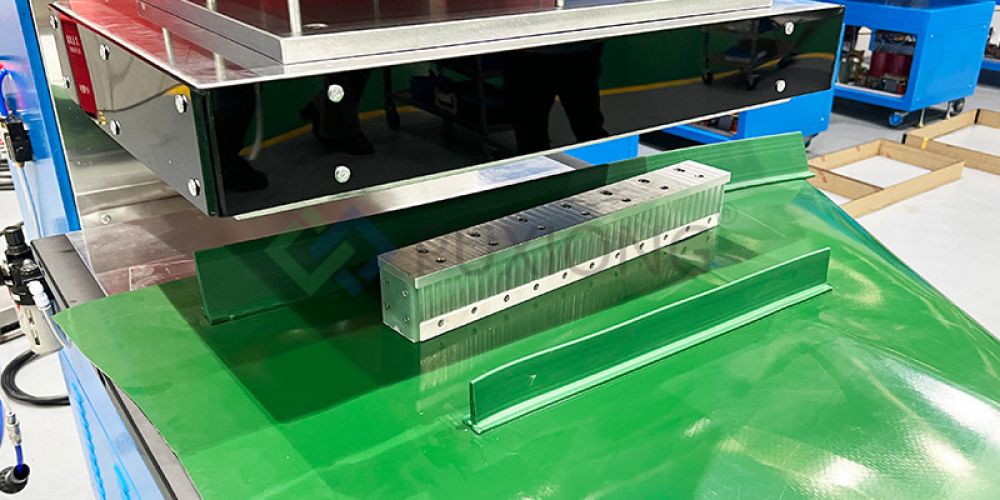
Non-toxic and Harmless
Industrial belts must be made of non-toxic and harmless materials that contain no chemicals harmful to human health, such as heavy metals, harmful additives, or hazardous substances.
Odor-free
Belt materials must be free of irritating or unpleasant odors to avoid contaminating products or affecting the production environment.
Chemical Corrosion Resistance
Belts must exhibit strong resistance to chemical corrosion to withstand exposure to cleaning agents, disinfectants, and other chemicals used during production processes.
Smooth Surface
The belt surface must be smooth and free of uneven defects to minimize material residue and bacterial growth.
Ease of Cleaning
The belt design should facilitate easy cleaning, avoiding hard-to-reach areas or dead corners that could increase contamination risks or cleaning difficulty.
Non-permeability
Belt materials must be impermeable to prevent food juices, pharmaceutical solutions, or other liquids from penetrating the belt’s interior, which could lead to bacterial growth and contamination.
High-temperature Resistance
Food-grade industrial belts must withstand high-temperature processes (e.g., baking, steaming) without deformation or releasing harmful substances.
Wear Resistance
Belts must demonstrate excellent wear resistance to endure daily processing and conveying operations, reducing contamination risks caused by belt degradation.
Non-adhesive Surface
The belt surface should be non-adhesive to prevent product adhesion, minimizing product loss and cross-contamination risks.